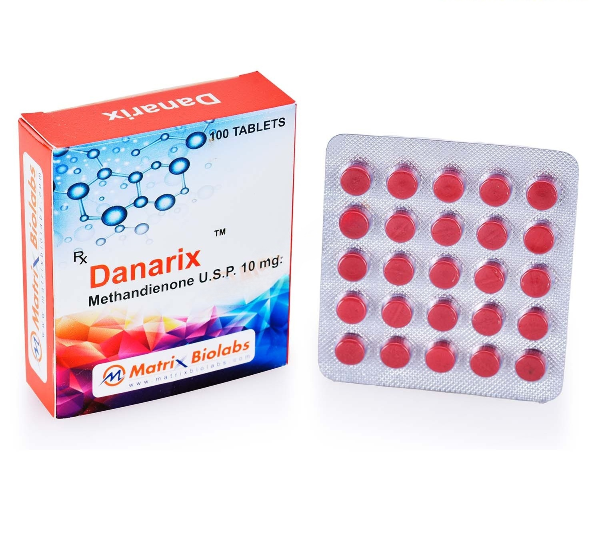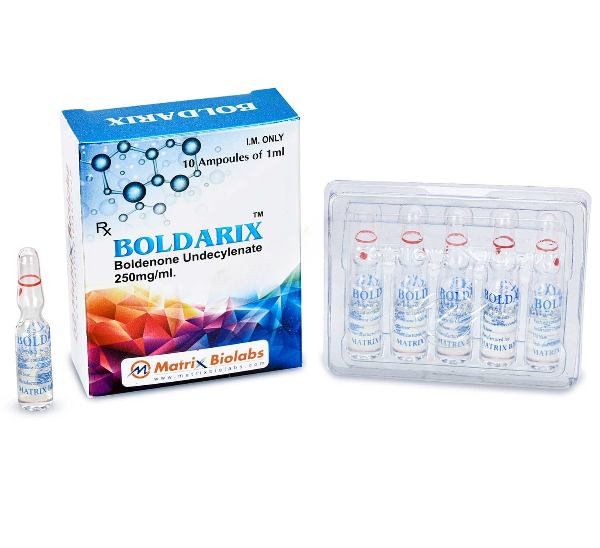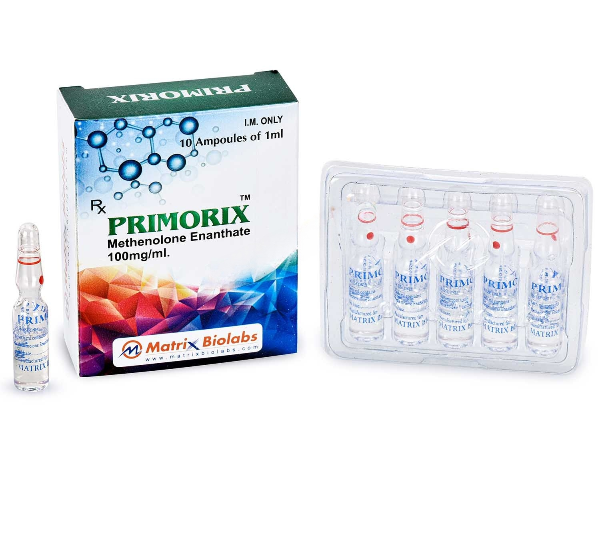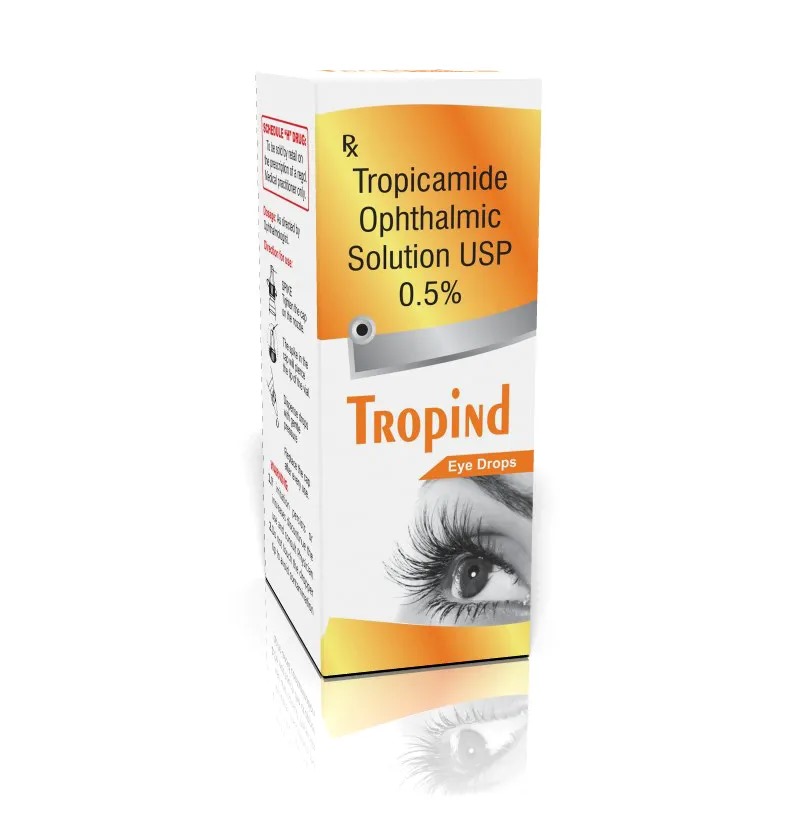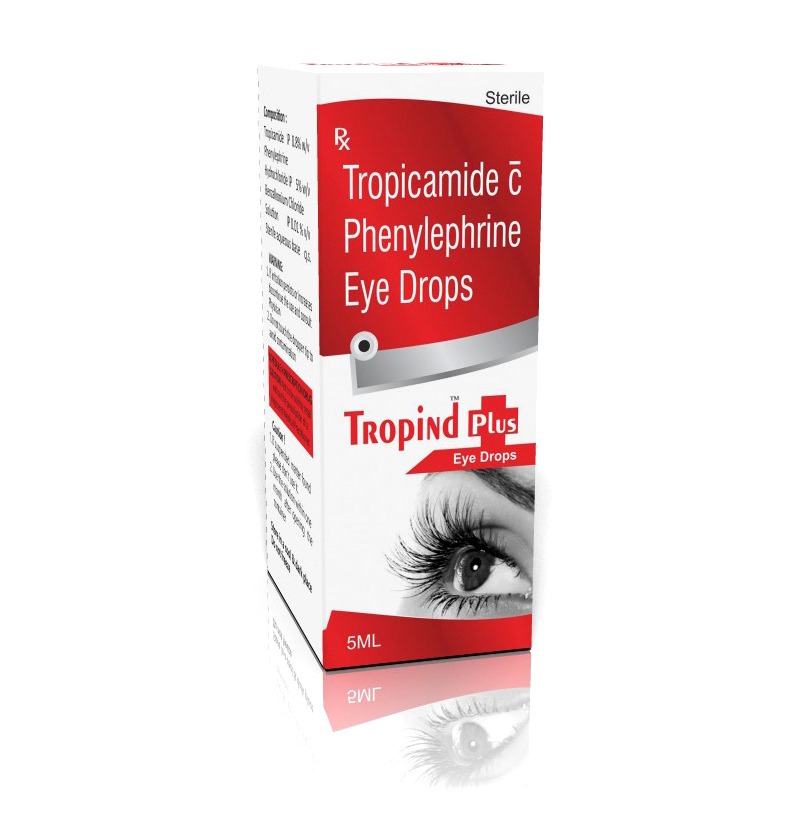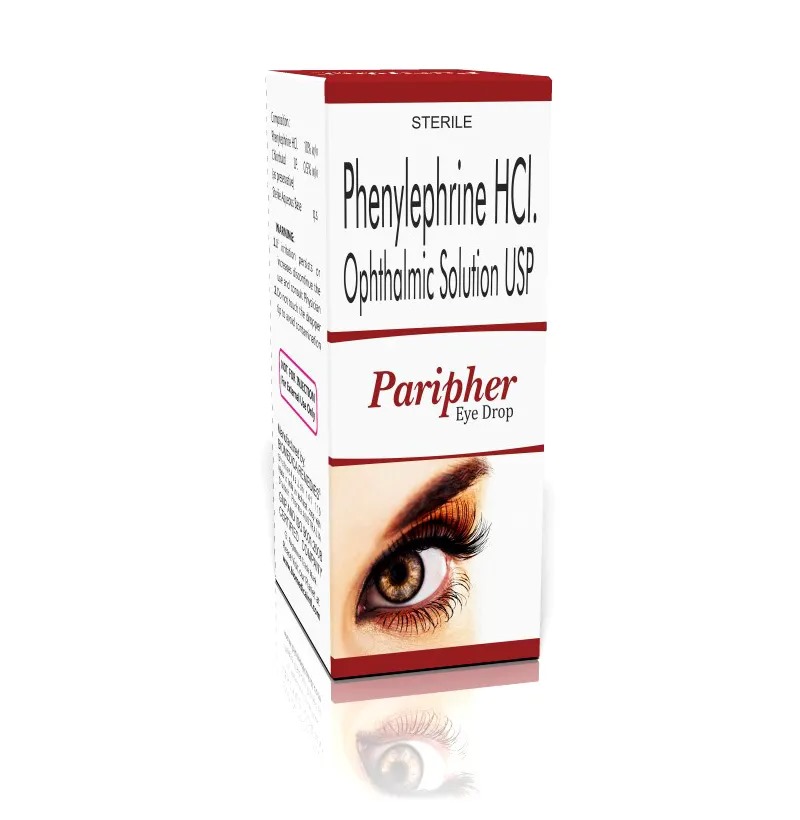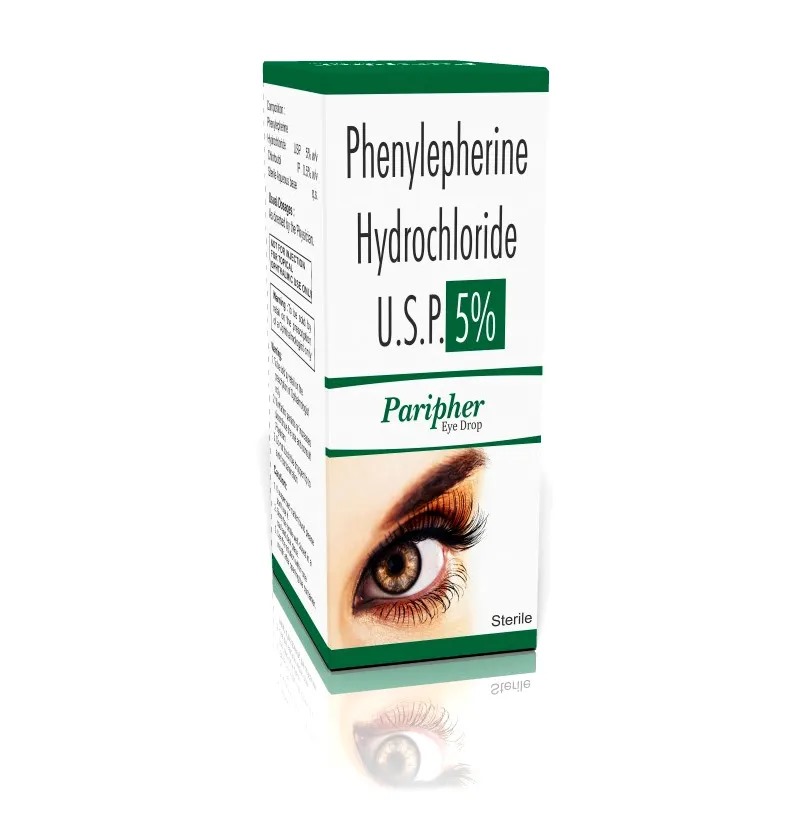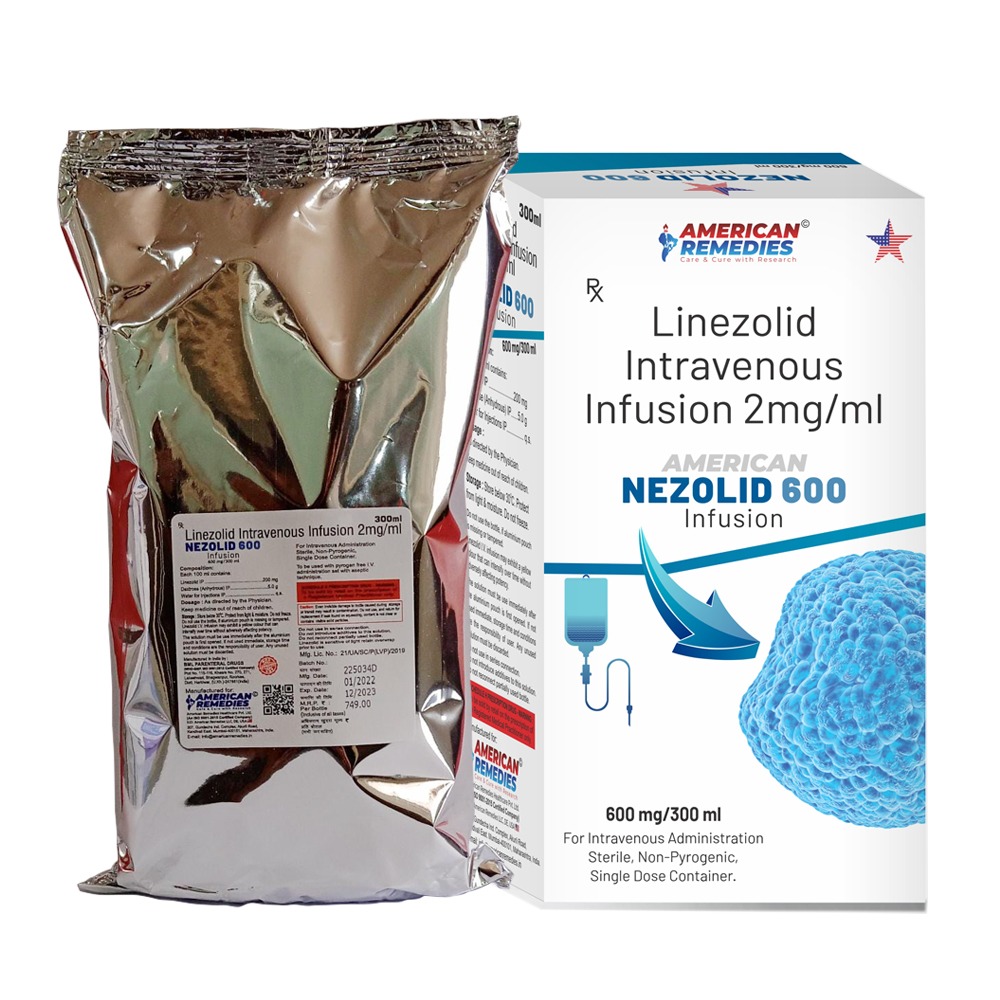Description: Methandienone U.S.P 10 is a medicine or supplement that includes the active component Methandienone. Methandienone is a synthetic anabolic steroid that sportsmen and bodybuilders frequently use to boost muscle growth and performance. It is also known by brand names such as Dianabol. Chemical Formula: C20H28O2 Chemical structure: Methandienone is a synthetic anabolic steroid with a molecular structure that consists of four fused rings, namely three cyclohexane rings and one cyclopentane ring. It also has several functional groups, one of which being a methyl group (CH3) connected at the 17th carbon position, which is vital for its anabolic activity. Active Ingredient: Methandienone is a male hormone (androgen) derived from testosterone. It has significant anabolic properties, which means it can boost muscle growth and protein synthesis while also having androgenic capabilities, which means it can improve male traits. Uses : Methandienone U.S.P 10 is primarily used to promote muscle growth and improve strength Side effects: Methandienone has a number of potential side effects, including liver damage, cardiovascular problems, and hormone imbalances. Water retention, acne, mood swings, and gynecomastia (enlarged breast tissue in men) are all common adverse effects.
Send Message